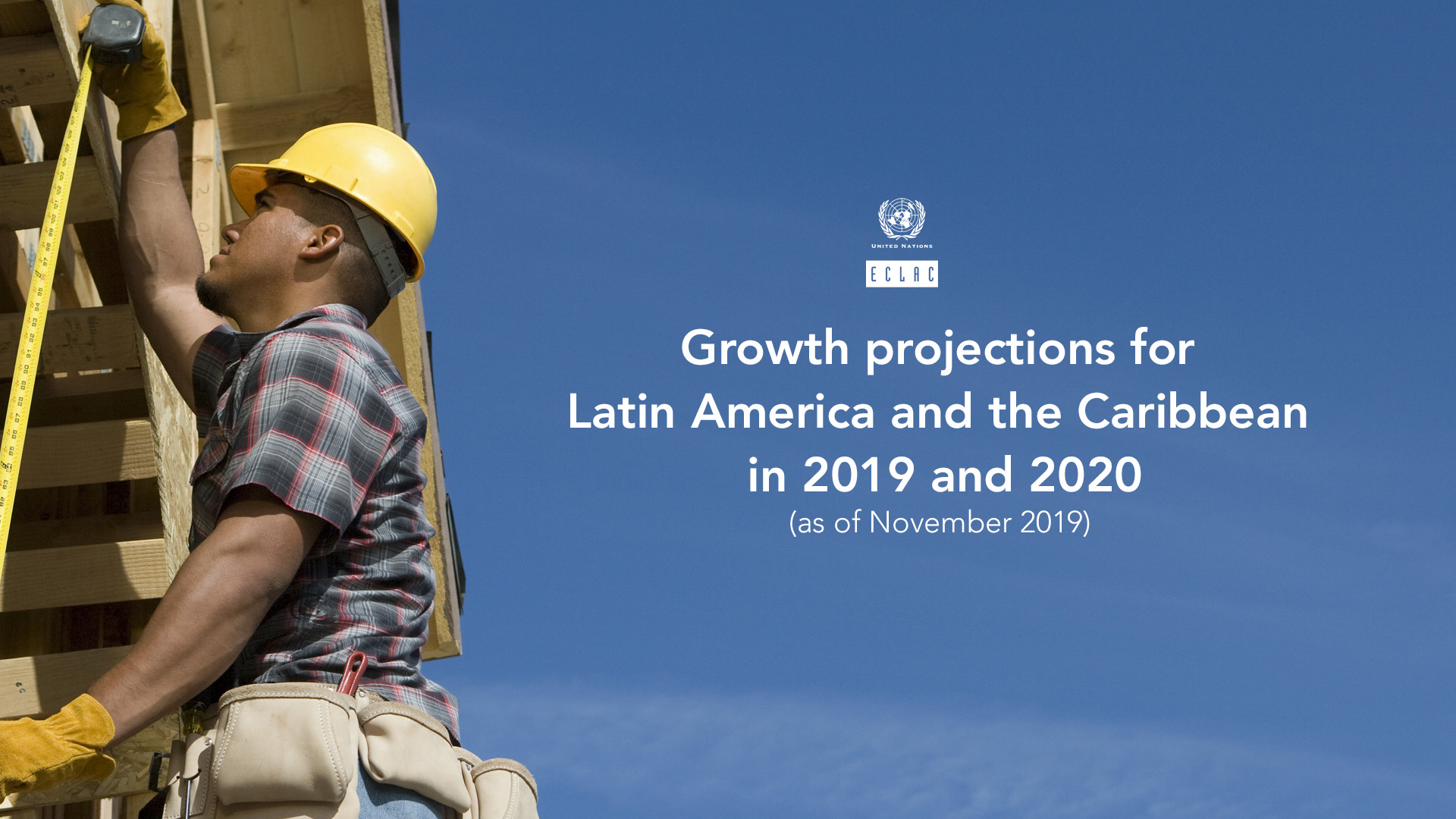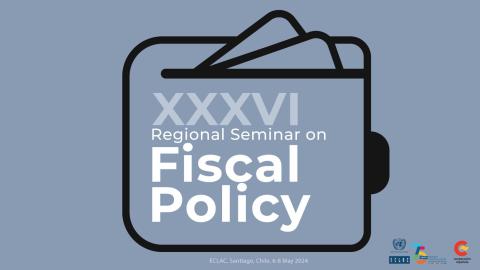Announcement
The Economic Commission for Latin America and the Caribbean (ECLAC) downwardly revised its projections for growth in the region’s economic activity in 2019, forecasting an average expansion of 0.1% in Latin America and the Caribbean, the Commission indicated today in a press release.
Meanwhile, in 2020, the organization projects that the region will continue along a path of low growth, with a 1.4% estimated expansion in Gross Domestic Product (GDP). That would mean Latin America and the Caribbean will have spent seven years on a plateau of low growth, which in turn has translated into deteriorating levels of average per capita income. The region’s GDP per capita is seen shrinking by 4% between 2014 and 2019, which implies an average annual decline of -0.8%.
In 2019, the deceleration in the pace of growth is affecting the majority of Latin American economies (17 out of 20 countries). This year, the economies of South America – specialized in the production of primary goods, especially crude oil, minerals and food – are seen contracting by -0.2%, which marks the first decline since 2016. In 2020, however, this subregion is expected to grow by 1.3% on average.
Meanwhile, the economies of Central America and Mexico are forecast to expand 0.7% in 2019 and 1.6% in 2020, figures that represent a slowdown versus the average growth rate seen since 2014 in that subregion.
In the English- and Dutch-speaking Caribbean average growth is estimated at 1.5% in 2019 and at a rate of 5.7% in 2020. It is worth noting that this last figure is very influenced by the high growth rate forecast for Guyana, linked to the start of oil production that is expected to take place next year, ECLAC indicates.
According to the United Nations regional commission, Latin America and the Caribbean’s economic activity dynamics in 2019 occur in a context in which the global economy is contributing less to the region’s growth, a situation that will very likely continue next year.
The volume of global trade and the level of global activity have been sharply decelerating, affecting demand for Latin American and Caribbean exports, and there has also been a drop in prices for the raw materials that many of the region’s countries export. In addition, episodes of increased financial volatility have had occasional negative impacts on financial conditions and the financing flows available to countries, the organization adds.
This external context marked by trade tensions and high uncertainty exacerbates the difficulties that the region’s economies often present in terms of insertion in trade and international production, ECLAC warns.
The global economy’s weaknesses mean that components of domestic demand have greater relative weight in the dynamics of future growth. The difficulties that the region’s economies face for expanding both fiscal and monetary policy space are compounded by growing demands for structural change to tackle the deep inequalities that persist in the region, the Commission adds.


